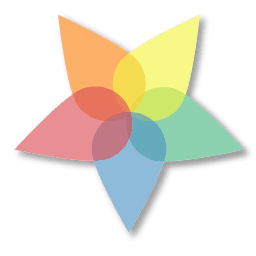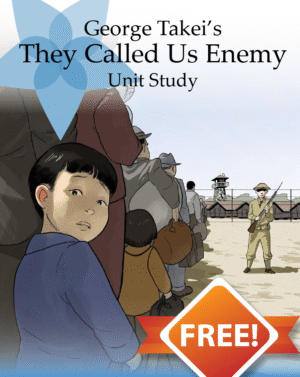Make Learning Fun!
Using beautiful picture books with engaging stories, you’ll teach your child about history, science, math, geography, and so much more.
Hands-on activities, games that inspire imaginative play, building, cooking, doing! That’s what learning with all your senses is all about.
The Best Way To Homeschool
Bringing Learning to Life
Our lessons show you how to engage your child’s senses so they do more than learn, they experience.
Engaging and Fun
You’ll use videos and other online tools to take what you are learning deeper. A wide range of topics to explore and adventures to be had are right at your fingertips.
Based on How Children Learn
Our programs work with your child and their natural curiosity about the world. Your child will learn with all five of their senses with playful games, activities, and hands-on experiences designed to create a deep understanding of the material.
Levels, NOT Grades
Every child deserves to be met where they are. Our programs are not based on age or grade level. They are based, instead, on skill level. We offer programs designed to work for a range of ages so that every child can find the right fit.
Fully Integrated to Teach ... well, Everything!
Every program covers social studies, history, science, art, health, language arts, and math. You don’t need a whole stack of lesson plans. We’ve got you covered so you don’t have to spend your whole day jumping from subject to subject.
Hands-on and Adaptable
Instead of focusing on reading and writing, we’ve built a program that includes hands-on activities, watching videos and engaging in discussions. We’ve included guides on how to adapt activities to your child’s own unique learning style and pace.
Easy To Use
Our programs are designed to fit naturally into your day. Each all-inclusive program requires little to no transition between subjects. And the supply list for each lesson is clear, upfront and includes simple things you have around the house.
Starting The Big Conversations Early
We give you the prompts to have age-appropriate conversations with your child about tough subjects like inclusivity, social justice, discrimination, and kindness. Talking about these things with your child now lays the foundation for the strong, compassionate person they will become.
Meet Laura
Kind Regards,
Laura
Laura Sowdon, OTR/L
Our Blog
Assume Competence!
I saw this phrase recently referring to non-verbal, minimally verbal, and disabled children, and I loved it. Assume competence. What does that mean?
How to Spot and Befriend a Homeschool Mom
It’s homeschool park day, and we all know what that means! We’ll be dragging our children to the playground in hopes of adult conversation.
You can’t Socialize Away Autism
I have an autistic child. I also have a family member who is sure that this child’s “social issues” would be cured if we just “socialized him more.”
Skipping and Other Skills Your Child Needs
There are some physical skills that can help both brain and body devleopment. Let our OT help you teach your child skipping and more!
Homeschooling with Joy: Part 2
Last week I talked about homeschooling with joy. This week, we are going to talk math, reading, and writing. How do we make those fun?
Picky Eaters: Older Kids and Teens Ideas
Most parents complain that their teens are eating them “out of house and home”. But what if your child is a reluctant eater?
Homeschooling with Joy
As we all start our homeschooling year, I think it is important to remind everyone that you should keep joy front and center in your homeschool.
Mom has ADHD! Oh My!
When my daughter was diagnosed with ADHD it forced me to take a look at my own life. I can see what struggles and gifts my neurodiversity has given me.
Multi-Generational ADHD
Do you have a child with ADHD? If so, there is a very strong chance that one of their parents has it too. And at least one of their grandparents also has ADHD.




















